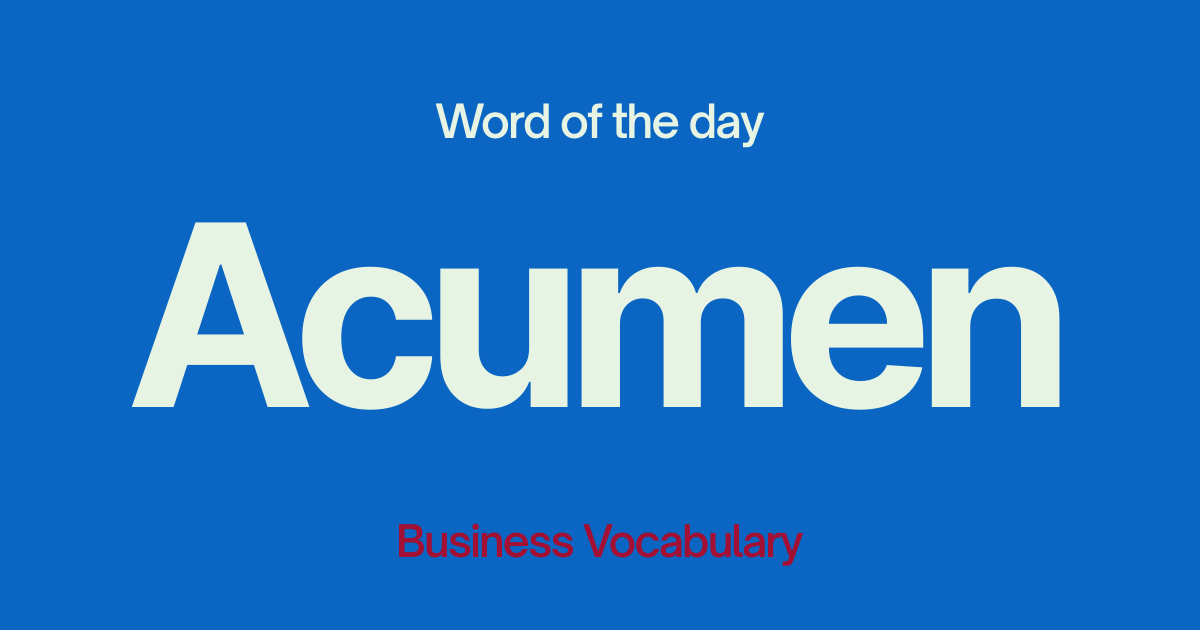Introduction
You’ve sent the email. Now you wait. And wait. The response you needed yesterday still hasn’t landed. In high-stakes business, the way you phrase your message often determines whether it gets buried in the inbox—or moved to the top of the recipient’s list.
Executives deal with hundreds of messages a day, and even urgent requests can get lost in the shuffle. The right words don’t just convey information—they make action easier for the reader. Clear, respectful phrasing tells people what you need and why it matters without sounding pushy. When you write with purpose, you reduce delays, cut back-and-forth, and keep projects moving.
Vocabulary List
Vocabulary Short description
- “When you have a moment” – Signals urgency without pressure.
- “To keep things moving” – Explains why you need a quick reply.
- “Here’s what I need from you” – Removes ambiguity about action items.
- “Please confirm” – Requests acknowledgment and closure.
- “I’ll follow up on…” – Sets expectation for continued communication.
- “For your quick review” – Highlights the minimal time needed.
Vocabulary Full description
- “When you have a moment” – Signals urgency without pressure.
Example: “When you have a moment, could you confirm the meeting time?”
Tip: Ideal for short, specific asks. - “To keep things moving” – Explains why you need a quick reply.
Example: “To keep things moving, can you share the updated figures by Thursday?”
Tip: Shows the request is tied to progress, not impatience. - “Here’s what I need from you” – Removes ambiguity about action items.
Example: “Here’s what I need from you: approval on the attached budget.”
Tip: Use for clarity in multi-topic threads. - “Please confirm” – Requests acknowledgment and closure.
Example: “Please confirm if the shipment has been received.”
Tip: Helps avoid missed signals in busy inboxes. - “I’ll follow up on…” – Sets expectation for continued communication.
Example: “I’ll follow up on the final contract draft next week.”
Tip: Keeps responsibility for progress on you, not them. - “For your quick review” – Highlights the minimal time needed.
Example: “For your quick review, I’ve summarized the key points below.”
Tip: Works well when asking for approval or sign-off.
Scenario
You’re emailing a client to finalize a proposal. You open with, “When you have a moment,” softening the ask. Next, you write, “To keep things moving, here’s what I need from you,” and list two clear action items. You attach a summary and note, “For your quick review,” to lower the barrier to response. You close with, “Please confirm by Friday so we can proceed,” and add, “I’ll follow up on Monday if I haven’t heard back.” The tone is clear, polite, and makes replying the path of least resistance.
Takeaway
Getting timely responses isn’t just about being direct—it’s about making it easy for people to reply. These phrases cut through the noise, keep decisions moving, and help you maintain momentum in fast-paced business environments.
Want your emails to land, get read, and get answered? Let’s work together to refine the phrasing that drives action without creating friction.




Comments